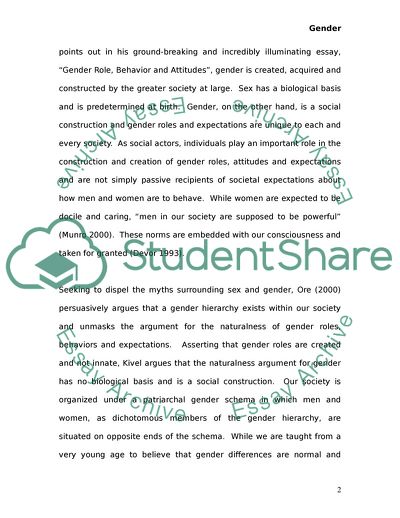Cite this document
(The Social Construction of Gender Roles Coursework, n.d.)
The Social Construction of Gender Roles Coursework. https://studentshare.org/sociology/1725912-gender-is-a-constructive-conceptdisscuss-this-statement
The Social Construction of Gender Roles Coursework. https://studentshare.org/sociology/1725912-gender-is-a-constructive-conceptdisscuss-this-statement
(The Social Construction of Gender Roles Coursework)
The Social Construction of Gender Roles Coursework. https://studentshare.org/sociology/1725912-gender-is-a-constructive-conceptdisscuss-this-statement.
The Social Construction of Gender Roles Coursework. https://studentshare.org/sociology/1725912-gender-is-a-constructive-conceptdisscuss-this-statement.
“The Social Construction of Gender Roles Coursework”. https://studentshare.org/sociology/1725912-gender-is-a-constructive-conceptdisscuss-this-statement.


